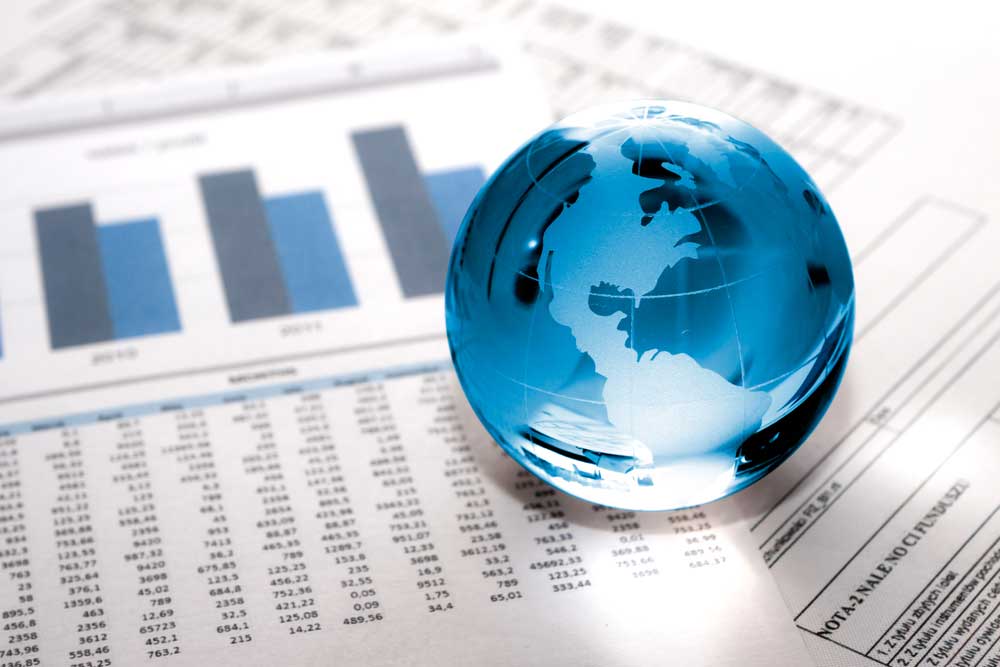Adecade ago, friends and family in the US wanted to take advantage of the India growth story from abroad. Their investments in India over 10 years ago have delivered good returns (10-12 per cent yearly), but they are still upset about it? Why? The dollar has eroded all the gains they have made in India. If they account for the rupee’s depreciation, their returns are under 0.8 per cent. The India growth story is well and alive but the rupee’s depreciation has led investors to lose out on all the profits generated.
For Indian investors investing abroad, it’s been a different experience. Global companies are doing better than ever and the rupee’s depreciation has added a minimum of 3-5 per cent every year to their returns. S&P 500, for example, has delivered a return of around 18 per cent annually over the last decade in rupee terms.
It’s becoming a common belief that returns alone should not dictate how one should invest. Investors realise that returns are uncertain and hard to predict. Merely choosing the fund with the highest returns leads to average results over the long term. And what is also well documented is that top funds change every year.
So, if returns are not the best gauge, what else should investors look for?
Portfolio diversification
It’s a common saying “don’t put all your eggs in one basket”. What this means is that investors should ideally diversify their investments across different securities. It’s the reason why mutual funds have become so successful. But this is still not entirely correct.
The new theory should be to “buy multiple baskets”. Why? We have seen over the last two months that no matter how diversified one’s investment is, equities fall together. Whether someone has invested in five or even 50 mutual funds, they have seen a decline in portfolios of over 25-40 per cent. Diversification across asset classes (or buying multiple baskets) has proven to be effective in these times. If someone had diversified his/her investments in gold, international equities, debt and equities, their short-term portfolio loss would have been much lower.
Now, how does international diversification fit into this? International investments have fallen less and over long-time periods have very low correlation with the Indian equity markets. By taking out domestic risks, investors are making their portfolios less volatile. For example, correlation of international indices such as the Nasdaq and S&P 500 with Indian indices is less than 15 per cent. What this means is that investors choosing to diversify with international funds can expect their portfolios to move differently to Indian indices (just like gold).
Dollar hedge
Now, why is dollar hedge important? Almost every working professional is spending in dollar terms today. We earn in rupee but pay in the dollar. We are buying Nike shoes, Apple/Android phones, Hyundai cars, and sending our kids to school outside India. For instance, the cost of education abroad has increased two to three times over the last decade, and this is because of the rupee’s decline. Keeping the spending pattern in mind, it’s crucial to hold some proportion of investments in dollar-based investments.
Even going forward, the dollar will continue to appreciate over the rupee. As long as inflation in India is higher than it is in the US, the rupee will depreciate. Therefore, investors need to hedge their spending by adding international funds in their portfolio.
Global factors
Need for international diversification comes at a time the world is becoming more global. In addition to our spending patterns, business models are getting a lot more global. We all use Flipkart, Amazon, Instagram, WhatsApp daily. Today a Maruti is competing with a Kia or a Hyundai. With these forces it’s important for the investment portfolio to evolve with competitive trends.
Having brands such as Amazon, Google, Facebook and Coca-Cola in the portfolio enables investors to have the very best companies with them at all times. The Indian market is small in comparison to global standards and having a global exposure allows investors to grow with some of the biggest companies out there.
So, how does one diversify? There are a lot of international funds in India being offered at present. By choosing index funds (most popular and proven to be effective), investors can ensure low fees while getting exposure to the best companies globally.
A sound asset allocation strategy based on an individual’s risk profile is a great starting point. If a customer is purely looking at returns (which have been phenomenal), then there is a likelihood of him/her of being disappointed in the future. The advice would be not to go all-in but to build it in a way where an investor can have portfolio exposure of 5-10 per cent in the next 1-2 years.
Investors should look beyond returns to allocate their investments in global funds. Diversification and dollar hedge should be on top of their minds.
The writer is head of passive funds business, Motilal Oswal AMC










